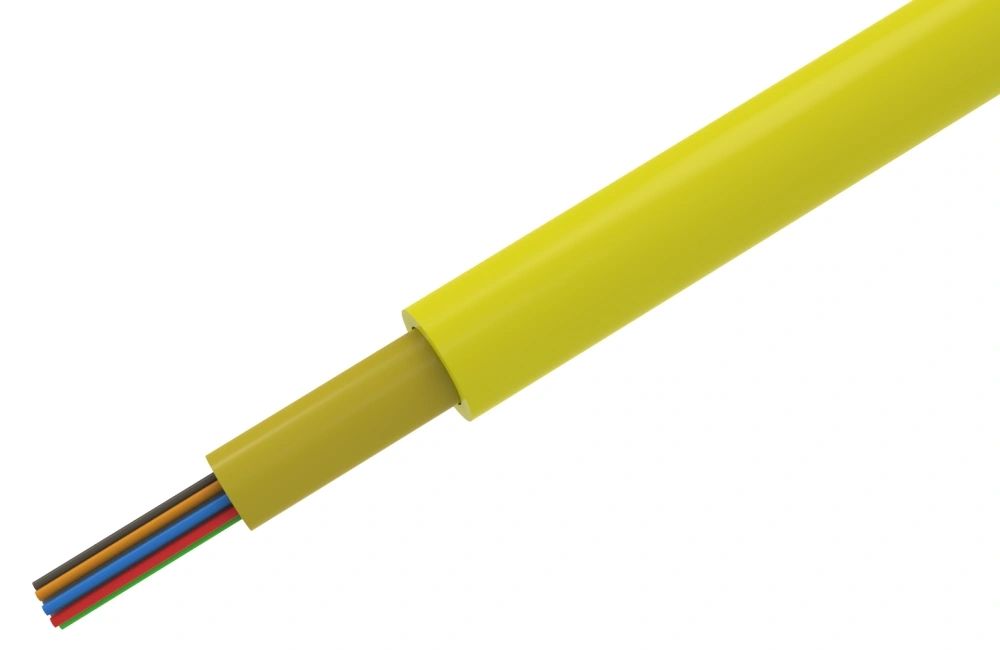Unveiling the Techniques to Identify and Resolve Outdoor Cable Issues

Outdoor cables are a vital component of various installations, including telecommunications, electrical networks, and data centers. They connect different devices and enable seamless communication and power transmission. However, outdoor cables can encounter a range of problems due to harsh weather conditions, physical damage, or aging. In this article, we will explore methods to detect and troubleshoot outdoor cables, ensuring uninterrupted functionality and preventing potential issues.
1. Visual Inspection: The Starting Point
Visual inspection serves as the first step in detecting outdoor cable issues. It involves examining the cable's exterior for any visible signs of damage or wear. Look for cuts, abrasions, corrosion, or exposure of the inner conductor or insulation. Additionally, check for any loose connections or disconnected cables.
Using proper safety equipment, climb poles or access the underground areas to inspect cables closely. Take note of any unusual smells, such as burning or a strong odor of chemicals, as they can indicate potential problems.
2. Testing for Continuity: Ensuring Uninterrupted Signal Flow
Testing for cable continuity verifies that the signal can travel uninterrupted through the cable. This method allows you to identify any breaks, short circuits, or faulty connectors. Various tools, such as a multimeter or a cable tester, can be used to perform continuity tests.
Start by disconnecting both ends of the cable and removing any termination devices. Set the multimeter to the continuity test mode and connect each probe to one end of the cable. If the multimeter displays continuity, it indicates that the cable is intact. Repeat the process for all the cables in the installation.
3. Advanced Fault Localization: Pinpointing the Issue
In some cases, detecting cable faults requires more advanced techniques. One such method is time-domain reflectometry (TDR), which allows you to find the fault's location with accuracy. TDR sends a signal through the cable and measures the time it takes for the reflected signal to return. By analyzing this data, you can determine the distance to the fault.
Additionally, using an optical time-domain reflectometer (OTDR) helps to locate faults in fiber optic cables. It sends short pulses of light through the cable and measures the reflection caused by faults or breaks, providing precise information about the location and severity of the issue.
Remember to follow safety procedures and guidelines while performing advanced fault localization, as these methods may involve exposing live cables.
Conclusion
With the techniques mentioned above, you can effectively detect and troubleshoot outdoor cables. From visual inspections to advanced fault localization, each step plays a crucial role in maintaining the reliability and performance of outdoor cable installations. Regular inspections and prompt action can prevent communication breakdowns, power outages, and potential hazards. So, keep these methods in mind and ensure the seamless functioning of your outdoor cable network.



